20+ Sample Paralegal Letters of Recommendation
-
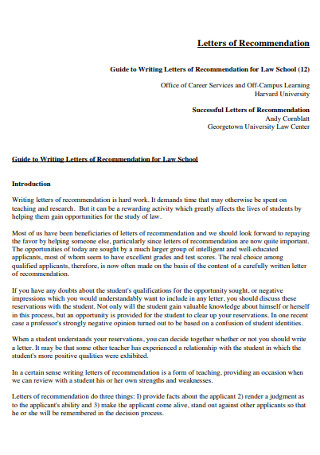
Law School Recommendation Letter
-
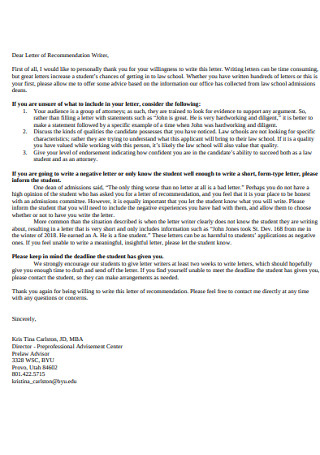
Sample Law Recommendation latter
-

Master of Science Law Recommendation Letter
-
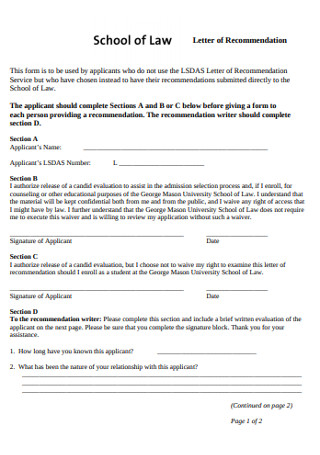
Basic Law Letter of Recommendation
-
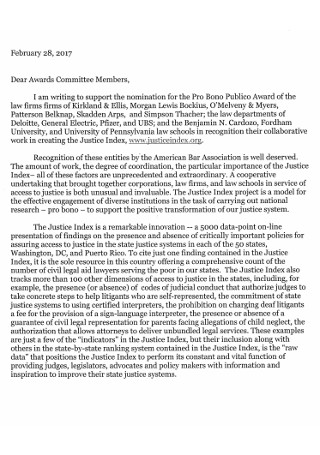
School of Law Committee Members Recommendation Letter
-
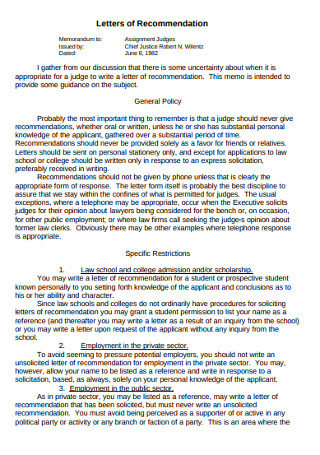
Simple Law Recommendation Letter
-
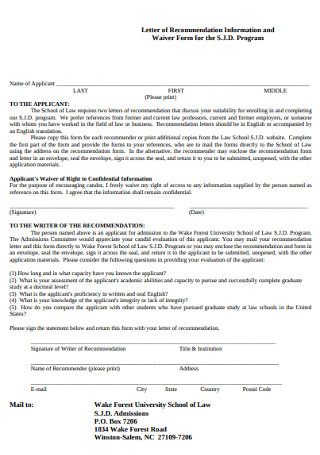
Law Program Recommendation Letter
-
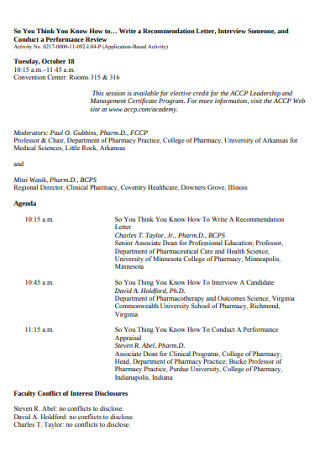
Standard Law Recommendation Letter
-
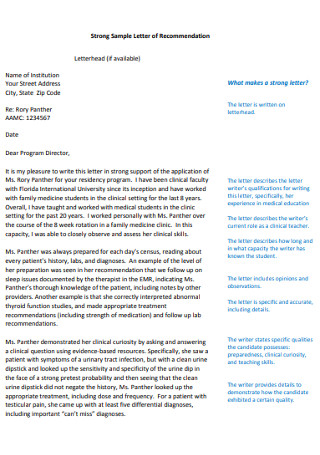
Sample Office Strong Recommendation Letter
-
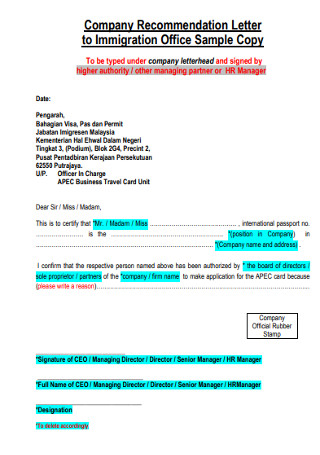
Company Legal Recommendation Letter
-
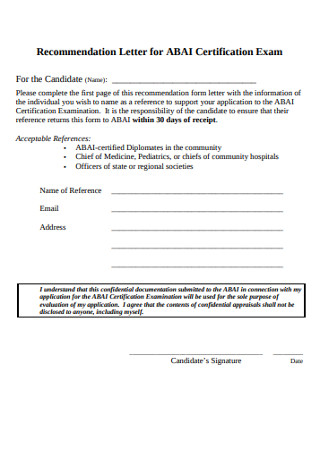
Office Recommendation Letter Certification Example
-

Sample Cover Page Letter
-
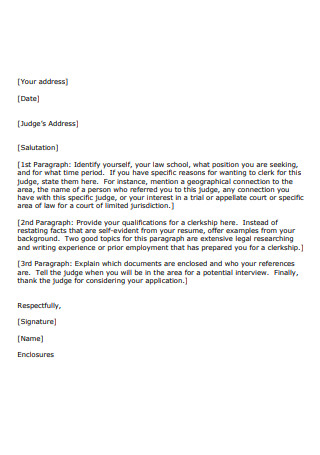
Sample Judicial Clerkship Cover Letter
-

Recommendation Cover Letter
-
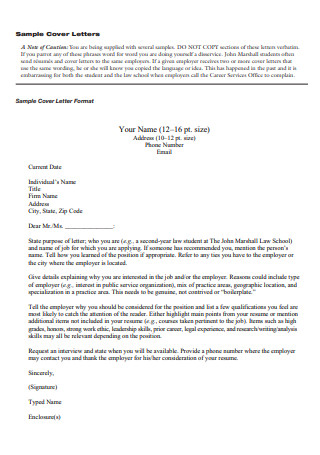
Sample Legal Assistant Cover Letter Format
-
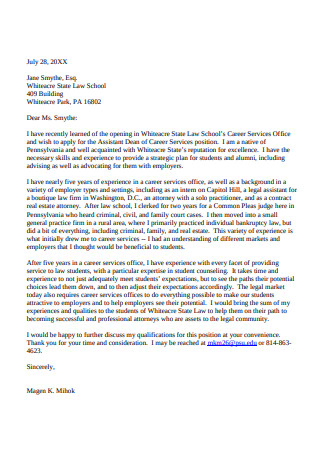
Paralegal Recommendation Letter to School
-

Written Paralegal Reference Letter
-
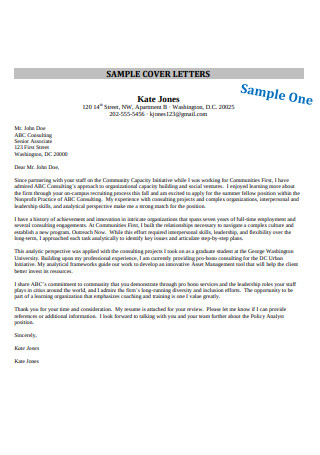
Compelling Reference Cover Letter
-
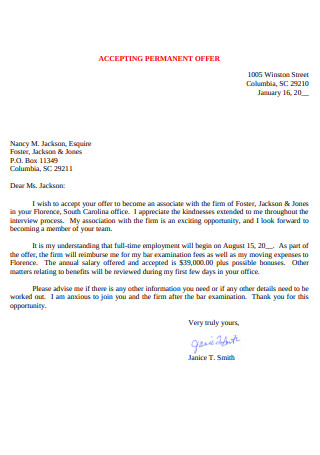
Sample Letters for Paralegal Assistant
-

Letter of Reference to Paralegal Position
-

Individual Paralegal Recommendation Letter
What Is a Paralegal Letter of Recommendation
A paralegal letter of recommendation is a document that is written on behalf of an aspiring paralegal by a former teacher, mentor, or employer. Its purpose is to discuss the competence, character traits, and achievements of the aspiring paralegal as a way of recommending him or her for the job. When it comes to reasons why being a paralegal is such an attractive career choice, among the most cited, would have to be the salary. According to the Bureau of Labor Statistics, the 2018 median pay for paralegals was $50,940 per year or $24.49 per hour. The potential job growth is also something that any aspiring paralegal can look forward to, with a projected outlook of 12% in 2018. When it comes to who has the best job prospects, you can bet on formally trained paralegals who have strong database management and computer skills.
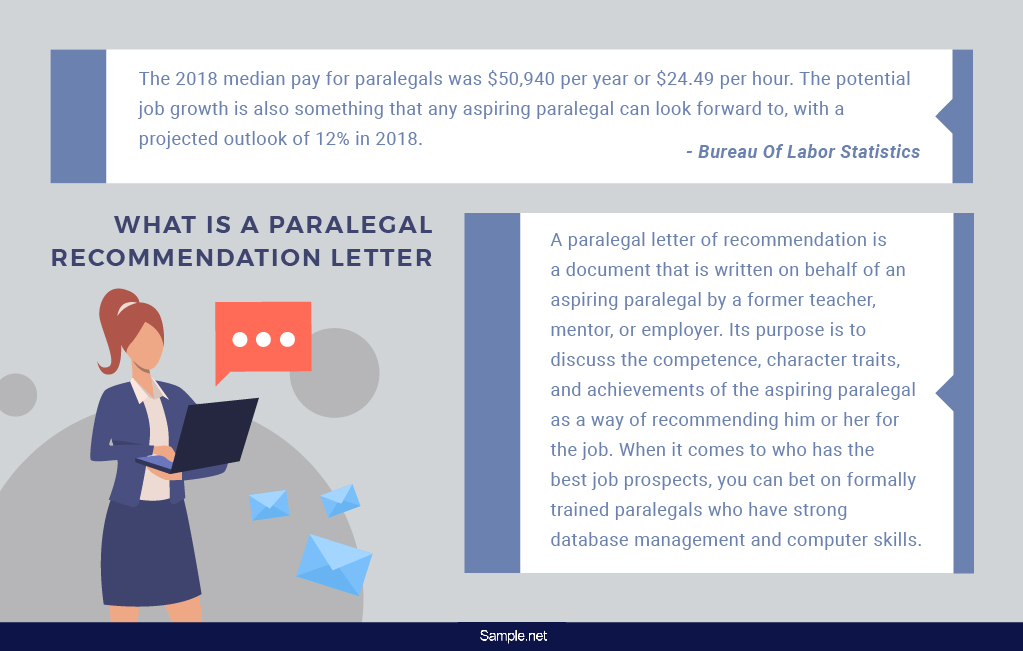
The Types of Letter of Recommendation
A paralegal letter of recommendation is bound to fit into a particular kind or type. To learn more about those types, a shortlist has been compiled for your benefit. Read each entry closely to find out what separates each type from one another.
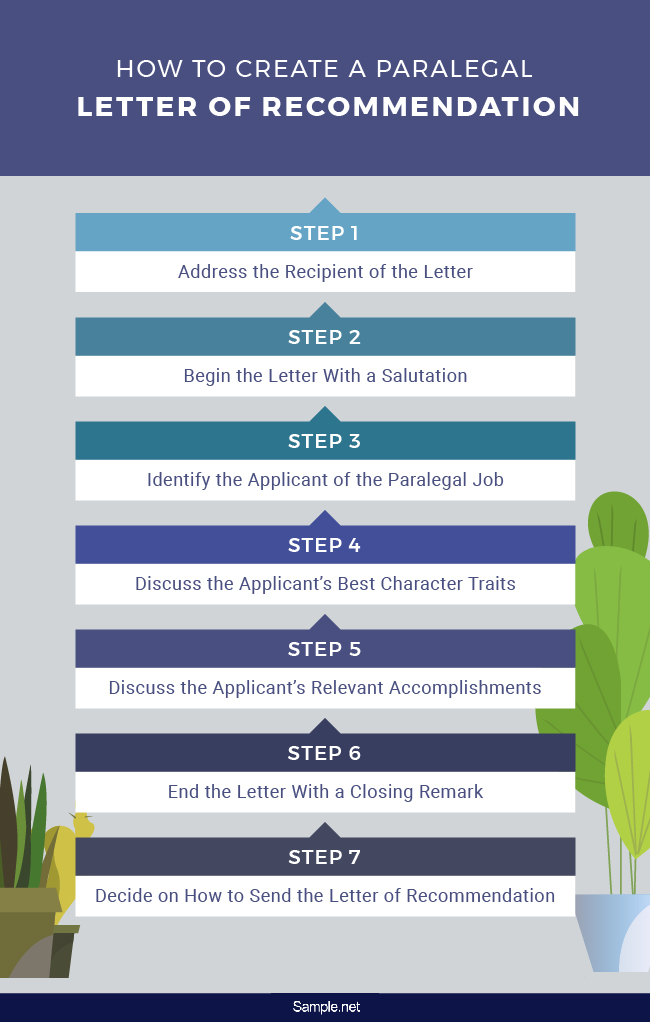
How to Create a Paralegal Letter of Recommendation
Being asked by a contact to be the one to write a paralegal letter of recommendation for them is a huge honor. Should you decide to accept, you will have to follow certain instructions to make sure that your letter is exactly what the applicant needs it to be. So take a close look at the steps detailed below. Each one will take you closer to your desired output: a powerful and effective recommendation letter.
Step 1: Address the Recipient of the Letter
The very first step of the letter-writing process is to address the one who is going to receive the paralegal letter of recommendation. Do this by writing down the name of the person, if this is applicable, followed by the address, and the email address. If you do not know the name of the one receiving this, simply write down the name of the company or firm. Do the same for yourself; i.e. write your name, address, and email address.
Step 2: Begin the Letter With a Salutation
To those who know exactly who they are sending the letter to, you can greet them properly with “Dear,” If not, you can simply use the phrase “To whom it may concern.” In doing so, you are guaranteed to start things off on the right foot.
Step 3: Identify the Applicant of the Paralegal Job
The third step that is expected of you is to dive right into your introduction of the applicant. This is something that needs to be done in the opening paragraph. Mention the candidate by name and talk about your relationship with him or her. If you are a former teacher of the applicant, then say so. If you were his or her direct supervisor at a former workplace, then explicitly state that. By establishing both of your identities, you give the letter a proper foundation on which you can build something of quality upon.
Step 4: Discuss the Applicant’s Best Character Traits
To properly convince a prospective employer of the applicant’s overall qualification, the right way to go would be to discuss the applicant’s best traits. For example, if you worked with him or her before and if you are in a position to verify his or her work ethic, then state that quality through the use of anecdotal examples. Just stating the traits without any examples to demonstrate it would be far less effective. If you can go for two positive traits, then all the better.
Step 5: Discuss the Applicant’s Relevant Accomplishments
Now that you have finished talking about the applicant’s relevant traits, next comes the part where you back it all up with mentions of his or her accomplishments. These could be either academic, professional, or anything in between that you believe helps in landing him or her the paralegal job. Unlike the part where you talk about the applicant’s best traits, there is no need to use examples. Just state what awards he or she has won, where he or she graduated from, and the like.
Step 6: End the Letter With a Closing Remark
For your last paragraph, it is important to wrap everything up with your closing remarks. Remember to be professional and polite so that the reader becomes encouraged to look into the applicant even more after this. Besides courtesy, you can encourage more cooperation between the two of you if you leave your contact details behind. Be sure to express your enthusiasm for entertaining future background checks and follow-up questions in this section. When all of that is done, sign off with the phrase “sincerely,” and write your name below it.
Step 7: Decide on How to Send the Letter of Recommendation
Depending on how the company or firm has dictated their guidelines for submission, you may or may not need to print the paralegal letter of recommendation out. Some of them may be content with digital submissions. There is also the possibility that you yourself may be too pressed for time to print it out and send a physical copy, so unless they forbid email submissions, this may be your best bet as well. If all of you have a preference for physical letters, do not forget to sign the part where you wrote your name in the end.
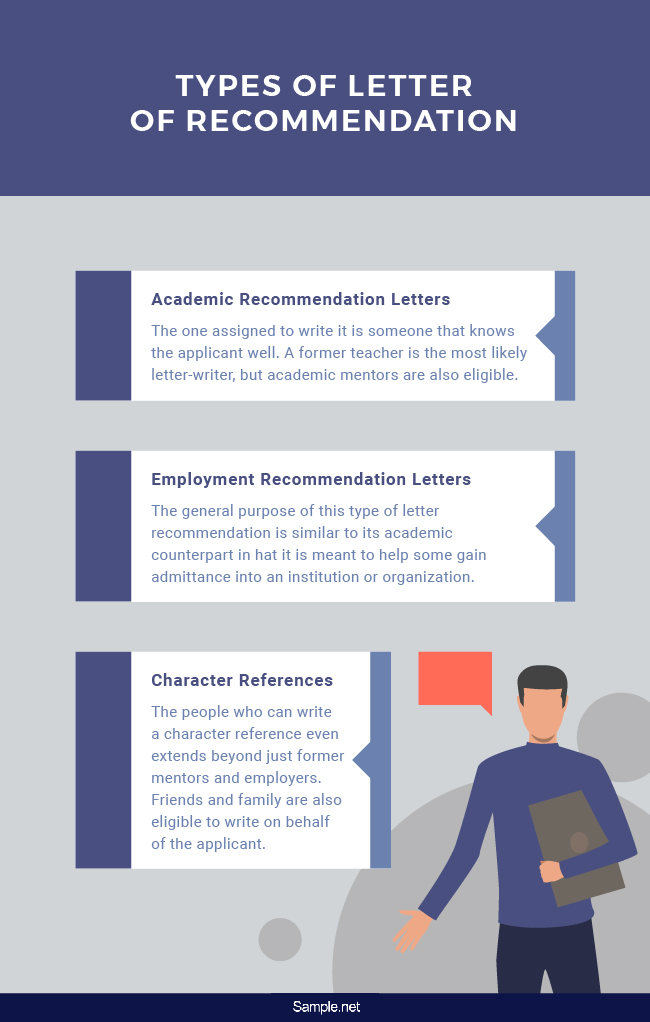
The Dos and Don’ts of a Paralegal Letter of Recommendation
Even with the steps of creating a paralegal letter of recommendation already available to you, a few tips and reminders here and there won’t hurt. As a matter of fact, they may even be necessary for you to avoid potential pitfalls. With that said, here are the dos and don’ts of a paralegal letter of recommendation that anybody should look into.
Dos
Do place emphasis on two of the applicant’s best traits.
When writing for someone you know to be worthy of getting work as a paralegal, it is recommended that you do not go overboard with praising his or her character traits. Instead, put the focus on just two traits that you believe to be genuinely useful and helpful as far as the work is concerned. By honing in on just two, you can devote more time towards exploring this side of the applicant and the prospective employer will greatly appreciate the depth of the information you are providing. There’s little doubt to be had that doing this can help increase the applicant’s chances of success.
Do remain positive.
Even if you know the aspiring paralegal to be an imperfect candidate, there is no reason why you should not stay as positive as possible. That’s not to say that some mild criticism is forbidden but it would bode well for the application if the letter of recommendation focused more on the good rather than the bad. Nobody really wants to bear the brunt of negativity and this applies to prospective employees most of all. They want to know why they should consider someone as a potential paralegal. To help them make their decision, stick to a positive tone in your letter.
Do share your contact information.
As comprehensive as you may have been with your letter’s contents, there is always a chance for the prospective employer to have follow-up questions of their own. You need to ensure that you are available to help them out should that be the case. At the very end of the letter, you may provide contact details in the form of your own personal number. That way, you show your willingness to cooperate further, which adds legitimacy and credibility to you as a reference. Doing this can also do nothing but good for the applicant’s chances of getting the paralegal job.
Do use a business letter format.
It comes highly recommended that you make good use of a business letter format when coming up with a letter of recommendation. This is an important document that is meant to help someone you know in getting the desired position as a paralegal, so it is only natural that you present it in the most professional manner possible. Doing so will showcase your own professionalism, which will add further credibility to you as a reference and for the applicant as a prospective hire for whatever law firm that you are sending the letter to.
Do follow submission guidelines, if applicable.
Different companies or firms will have different standards. Therefore, it is not outside the realm of possibility that they may have submission guidelines set in place. It is up to you or the applicant to find out about these guidelines and see to it that everything is done according to what is outlined by it. For example, they may have specific formatting that you need to adhere to. Or perhaps they prefer receiving a digital copy of the letter of recommendation as opposed to a physical letter. Show that you are capable of following simple instructions and you are guaranteed to increase the applicant’s odds of success.
Don’ts
Do not neglect to pay attention to the job description.
One thing that you should pay close attention to as a letter-writer would be the actual job description. This is a highly important detail because you need to emphasize the traits of the applicant which are best suited to the duties and responsibilities of the job. Ignore this and you can end up writing a letter of recommendation that is inferior in quality. There is no excuse for you to overlook this, especially with the amount of preparation that needs to be done overall.
Do not neglect to reveal how you know the person you are writing about.
It is only natural for a letter of recommendation to include a passage that details how you and the aspiring paralegal that you are writing on behalf of know each other. Including this in the letter will paint a clearer picture for law firms and establish a good reason why you should be taken seriously as a career reference. You do not need to go too long in your description. A short mention will do, as long as you keep it specific all the same.
Do not neglect any important or relevant information.
The need to have a discussion with the aspiring paralegal before you actually commit to writing the letter of recommendation is something that should always be emphasized. Talk things through about what will be included in the letter. By doing this, you prevent neglecting any important details that could prove crucial to the applicant’s chances of getting the paralegal job. Make sure you include everything that is needed to ensure maximum impact of your letter.
Do not include anything in the letter that is irrelevant.
At the same time, it is also important not to include anything in the paralegal letter of recommendation that is not necessary or relevant. Such things have no place in a document that is best served in a direct but specific manner. Whoever ends up reading your recommendation letter will be thankful to have something that they can read easily without any useless parts bogging down the overall message. Take the time to edit things out and leave only the most essential information.
Do not forget to proofread the letter of recommendation.
This is something that should go without saying, not just for paralegal letters of recommendation but for all business documents. Once you have finished the draft, do not send it to the company or firm immediately. Take the time to read it through and check for any mistakes that you might have made. Even if you made only minimal or no mistakes at all, a second or even third read-through may help you focus your thoughts even more, leading to improvements being made. Do not take any chances with your recommendation letters; edit and reread as much as you feel like you need to.
A paralegal job may seem like a tough experience but there is no doubt that it is a worthy profession to pursue. Likewise, a paralegal letter of recommendation is nothing to scoff at. It is just as worthy of anybody’s time and effort. For those who have been tasked with its creation but do not look forward to writing one completely from scratch, be assured that there are multiple online resources to take advantage of. When downloading a paralegal recommendation letter template, simply make the necessary edits to it before printing so that you can ensure yourself an easier and faster time.
